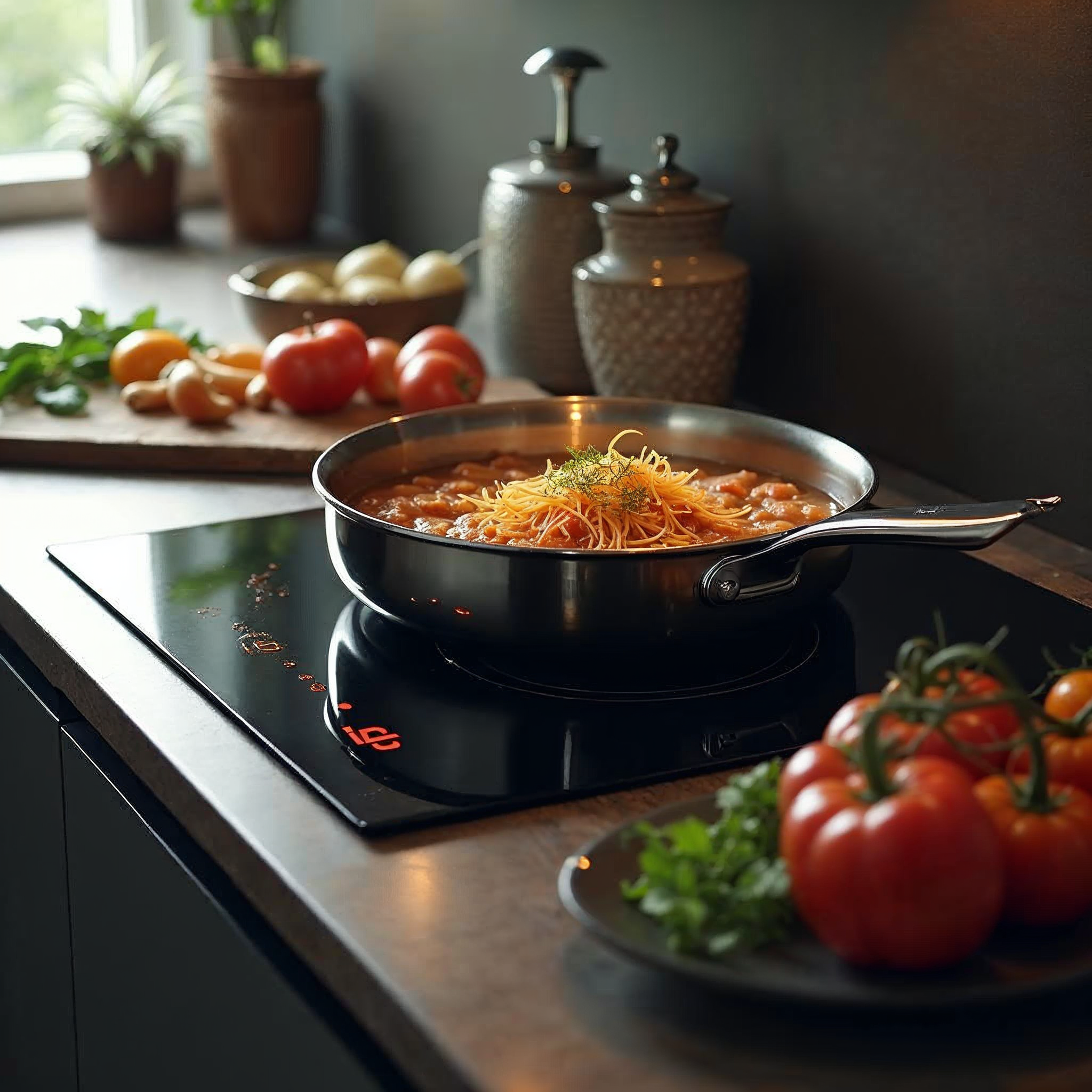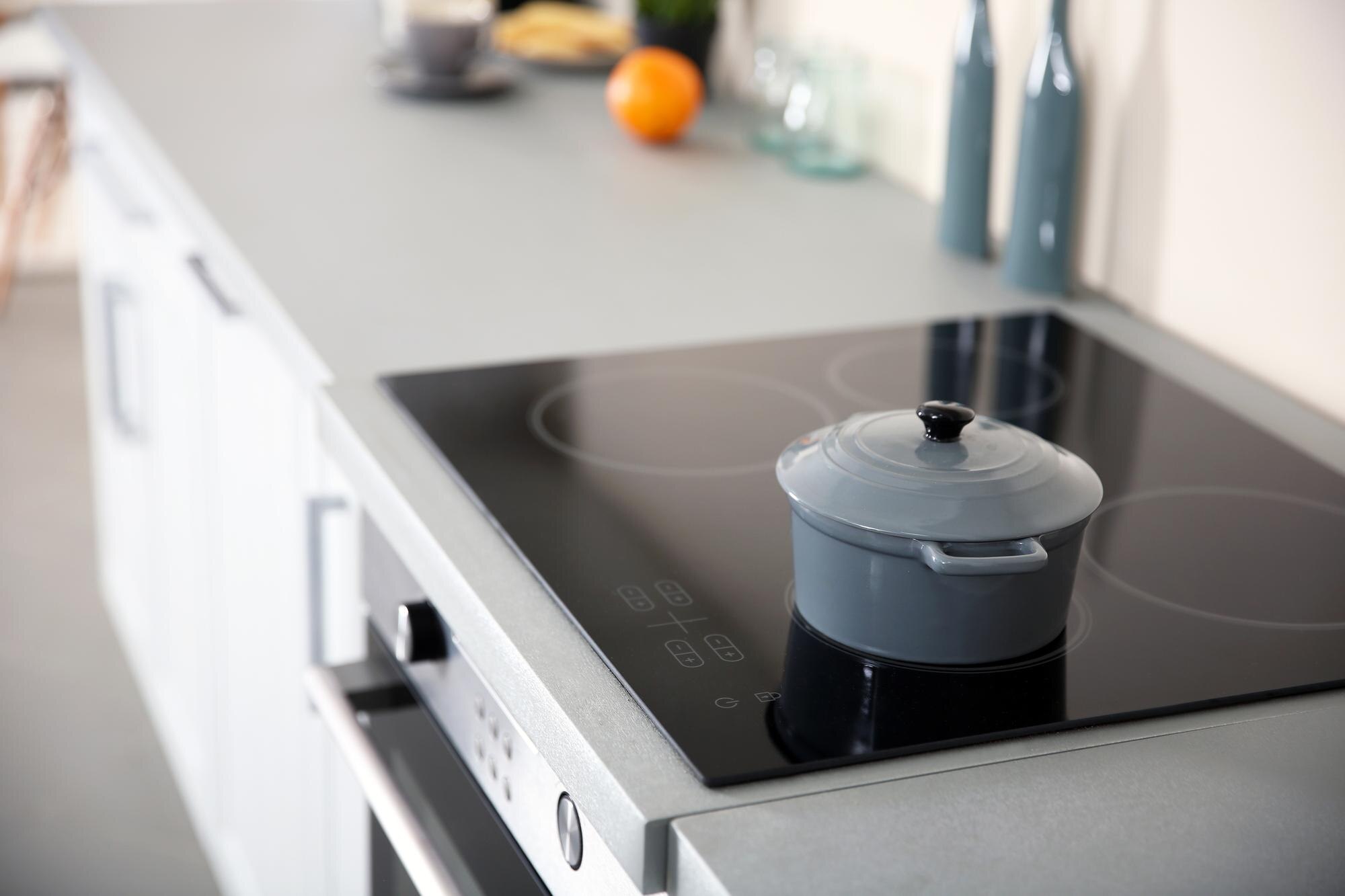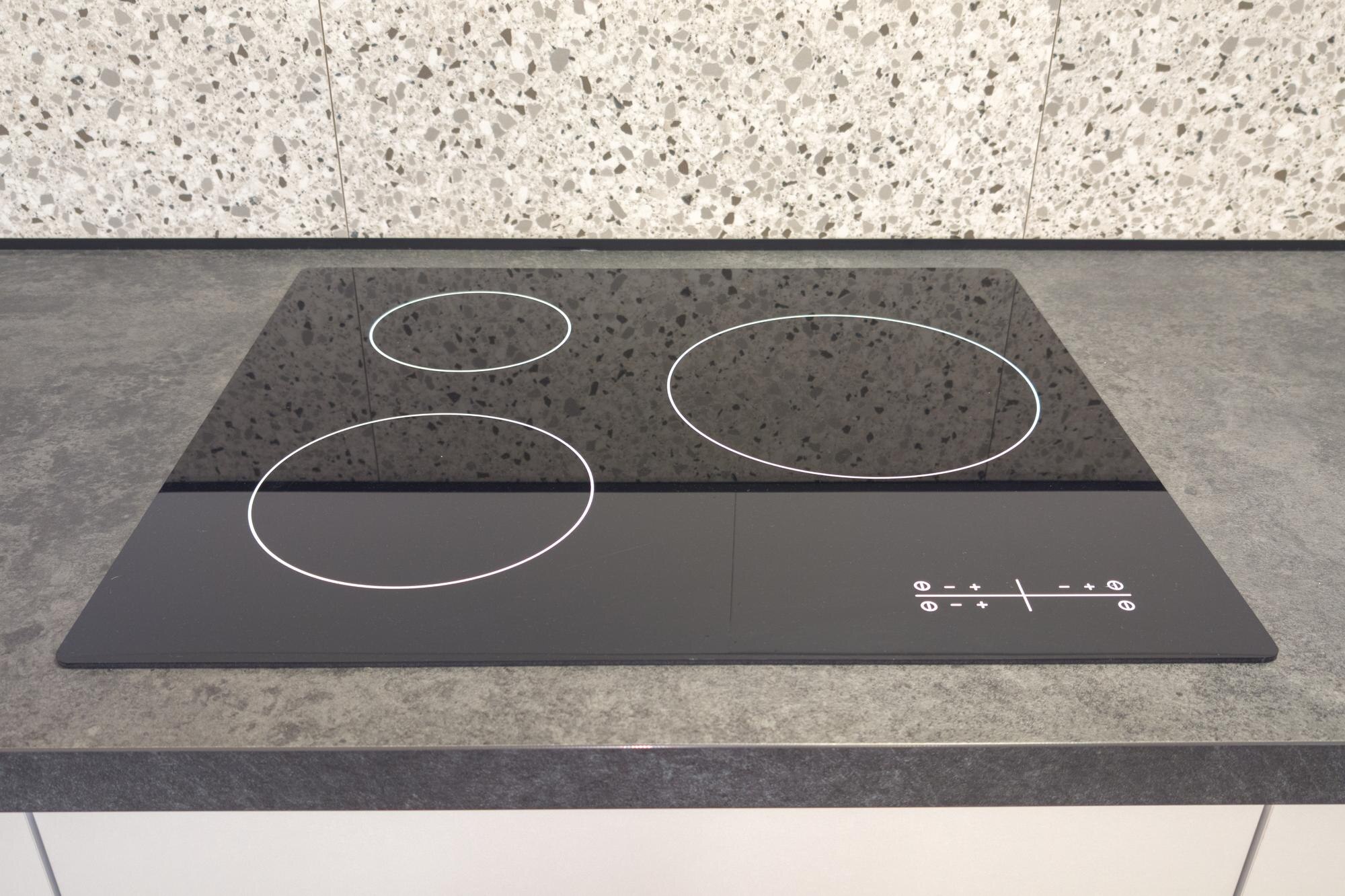Hob Types Comparison: Finding the Perfect Fit for Your Kitchen
Choosing the right hob for your kitchen can greatly impact your cooking experience, and in this blog post, we'll shed light on the differences between Induction Hobs and Ceramic Hobs. Whether you're a seasoned home cook or just starting your culinary journey, understanding these hob types can help you make an informed decision. Induction Hobs offer the benefit of rapid heating and precise temperature control, while Ceramic Hobs are known for their sleek design and ease of cleaning. We'll explore cooking efficiency and the energy consumption of hobs, providing you with a clear hob types comparison. As a trusted, family-run business in Limerick, we're here to guide you through these choices, ensuring that your kitchen is equipped with the best value appliances that suit your needs. Understanding Hob Types

When selecting a hob for your kitchen, it's crucial to understand the different types available. Let's take a closer look at two popular options: Induction Hobs and Ceramic Hobs.
Induction Hobs Overview
Induction hobs use electromagnetic fields to heat cookware directly. This technology offers precise temperature control and rapid heating.
These hobs only work with ferromagnetic cookware, such as cast iron or stainless steel. When you place a compatible pot on the hob, it creates a magnetic field that generates heat within the pot itself.
Induction hobs are known for their safety features. The cooking surface remains cool to the touch, reducing the risk of burns. They also turn off automatically when you remove the pot.
Energy efficiency is a key advantage of induction hobs. They transfer heat directly to the cookware, minimizing energy waste and keeping your kitchen cooler.
Ceramic Hobs Overview
Ceramic hobs feature a smooth, glass-ceramic surface with heating elements underneath. They provide a sleek, modern look to any kitchen.
These hobs use radiant heat to cook food. When you turn on a ceramic hob, the heating element beneath the glass heats up and transfers heat to your cookware.
Ceramic hobs are compatible with all types of cookware, making them versatile for various cooking styles. They're also easy to clean due to their flat surface.
While not as energy-efficient as induction hobs, ceramic hobs still offer good heat distribution and temperature control. They're often more affordable, making them a popular choice for many households.
Key Differences Explained

Understanding the key differences between induction and ceramic hobs can help you make an informed decision. Let's compare their cooking efficiency and energy consumption.
Cooking Efficiency Compared
Induction hobs are generally more efficient in terms of cooking speed and precision compared to ceramic hobs.
Induction technology heats the pan directly, allowing for almost instant temperature changes. This precise control is ideal for dishes that require careful temperature management.
Ceramic hobs take longer to heat up and cool down. While they provide even heat distribution, they're less responsive to temperature adjustments.
For tasks like boiling water, induction hobs can be up to 50% faster than ceramic hobs. This efficiency can save time in busy kitchens.
Ceramic hobs, while slower, still offer reliable cooking performance and are suitable for most everyday cooking needs.
Energy Consumption of Hobs
Energy consumption is an important factor to consider when choosing between induction and ceramic hobs.
Induction hobs are highly energy-efficient, converting about 90% of energy into heat. This efficiency translates to lower energy bills and a reduced environmental impact.
Ceramic hobs are less energy-efficient, with about 70% of energy converted to heat. The rest is lost as ambient heat in your kitchen.
Here's a comparison of energy consumption:
Hob Type | Energy Efficiency | Heat Loss |
|---|---|---|
Induction | 90% | 10% |
Ceramic | 70% | 30% |
While induction hobs may have a higher upfront cost, their energy efficiency can lead to long-term savings on electricity bills.
Finding Your Perfect Fit

Choosing between an induction and ceramic hob depends on various factors. Let's explore how your lifestyle, cooking needs, and budget can influence your decision.
Lifestyle and Cooking Needs
Your cooking habits and kitchen use play a significant role in determining the best hob for you.
If you're a frequent cook who values precision and speed, an induction hob might be the ideal choice. Its rapid heating and precise temperature control can enhance your cooking experience.
For those who cook less often or prefer a more traditional cooking method, a ceramic hob could be sufficient. Its simplicity and ease of use make it a good all-round option.
Consider the types of dishes you frequently prepare. If you often cook dishes requiring exact temperatures, an induction hob's precision could be beneficial.
Safety is another factor. If you have young children, an induction hob's cool-to-touch surface might offer peace of mind.
Budget and Long-term Savings
When choosing between induction and ceramic hobs, it's important to consider both upfront costs and long-term savings.
Ceramic hobs are generally less expensive to purchase and install. They're a good option if you're working with a tight budget or don't cook frequently enough to justify a pricier hob.
Induction hobs have a higher initial cost. However, their energy efficiency can lead to significant savings on electricity bills over time.
Consider how long you plan to use the hob. If you're in a long-term home, the energy savings from an induction hob could outweigh the higher upfront cost.
Remember to factor in the cost of new cookware if you choose an induction hob, as it requires specific types of pots and pans.